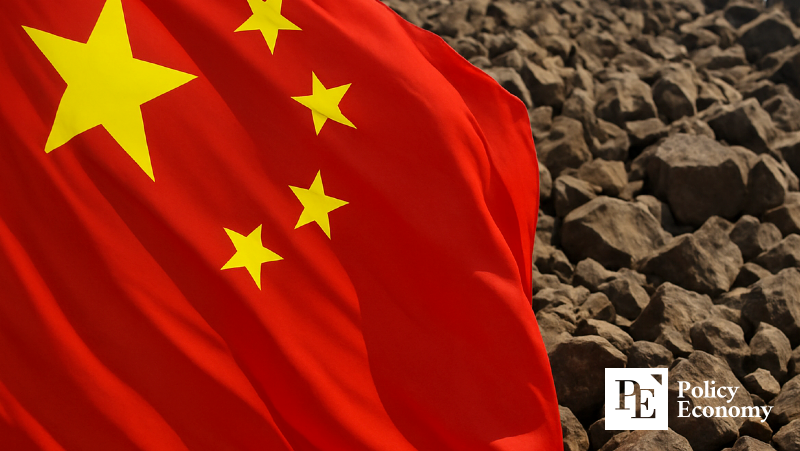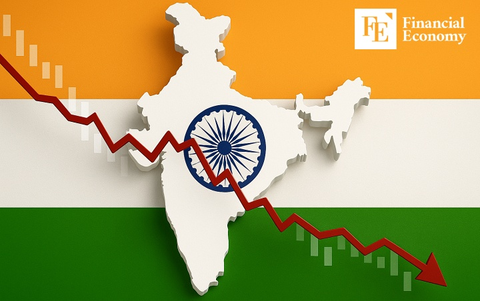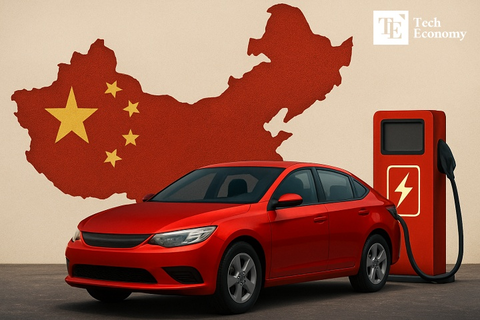China Opts for ‘Selective Resource Diplomacy’: Will It Give Rare Earths to the U.S. in Exchange for Semiconductors?
Input
Modified
Resumed Exports to Europe Highlight China’s Flexibility U.S. Considers Major Deal to Ease Semiconductor Restrictions Global Supply Chains Remain ‘Held Hostage’

In a global landscape increasingly shaped by strategic resource leverage, China has launched a pointed diplomatic offensive. By selectively reopening rare earth exports to Europe while continuing to withhold them from the United States, Beijing is signaling a new phase in its economic statecraft—one that fuses geopolitical influence with critical mineral control. This selective export strategy not only escalates indirect pressure on Washington but also reconfigures the balance of power in global supply chains.
As U.S. and Chinese officials gather for pivotal trade talks in London, speculation is mounting over whether the United States will ease semiconductor export restrictions in exchange for restored access to rare earth elements. The implications of such a deal are profound: rare earths are foundational to modern industry, powering everything from smartphones and electric vehicles to advanced defense systems. Yet, even before any agreement is inked, China’s strategy has already sent tremors through global markets, compelling countries to confront the urgent need for supply chain resilience and strategic autonomy.
U.S. Left Out of Export Resumption, a Tactical Move for Negotiating Leverage
On June 9, high-level delegations from the United States and China convened in London’s Lancaster House in a renewed effort to resolve their deepening trade rift. Present at the talks were U.S. Treasury Secretary Scott Bessent, Commerce Secretary Howard Lutnick, U.S. Trade Representative Jamie Greer, and Chinese Vice Premier He Lifeng, who led the Chinese side. Notably, this marked Lutnick’s first direct involvement in trade negotiations with Beijing—he had been absent from the previous Geneva meeting, where both nations agreed on a temporary 90-day tariff truce.
Lutnick’s presence was especially significant given his oversight of U.S. export control agencies. Diplomatic insiders anticipated that rare earth elements would top the agenda, especially after China’s recent decision to impose sweeping export restrictions. Since April 4, Beijing has enforced licensing requirements on the export of seven key rare earths—samarium, gadolinium, terbium, dysprosium, lutetium, scandium, and yttrium—along with related alloys, oxides, and compounds. These materials now fall under stringent review by relevant bureaus under China’s State Council.
In a further tightening of the grip, Beijing recently rolled out a new digital tracking system requiring online reporting of transaction volumes and customer details. These measures sharply increased regulatory oversight, effectively curtailing outbound flows of rare earths and reinforcing China’s control over one of the world’s most critical supply chains.
But amid growing backlash from global industry, and real-world production bottlenecks taking shape, China took a surprising turn. On June 7, the Ministry of Commerce announced the partial resumption of rare earth exports—though pointedly only to Europe. The Chinese government introduced a "green channel" designed to fast-track applications from qualified firms, accelerating review and approval timelines. Spokesperson He Yongchen defended the restrictions as in line with international norms, citing the clear military-civilian dual-use nature of rare earths.
The move is widely interpreted as a calculated gesture. By reopening exports to Europe while keeping the U.S. sidelined, China is offering both relief and leverage—signaling to Washington that the door to negotiation is still open, but on Beijing’s terms. For European automakers and battery manufacturers, the resumption brought immediate relief. For American technology and automotive companies, however, it deepened a sense of anxiety and vulnerability. In bypassing the U.S., China has made its message clear: rare earths are not just commodities—they are diplomatic instruments.

Caught Between Profit and Security: U.S. Walks a Strategic Tightrope
As China presses forward with its selective strategy, the United States is being forced to reconsider its own economic playbook. President Trump, speaking to reporters just before the London talks, emphasized the urgency of rare earth access, stating that securing these resources is a national priority. He hinted at a possible relaxation of semiconductor and chip-related export restrictions as a bargaining chip. Kevin Hassett, Chairman of the National Economic Council, was even more explicit, predicting that “all U.S. export controls will be relaxed” and China will resume rare earth shipments “in large volumes” following the negotiations.
But the prospect of such a trade-off has triggered fierce debate within Washington. On one side stand national security hawks, who argue that semiconductor export controls are essential for protecting America’s technological edge and curbing China’s access to critical technologies. On the other are pragmatic voices calling for flexibility—contending that without a stable rare earth supply, the United States risks cascading industrial shutdowns that would cripple domestic manufacturing.
These tensions reveal the depth of Washington’s strategic dilemma. The U.S. must not only decide whether to pursue a tactical exchange—easing chip exports in return for rare earths—but also confront a broader, long-term imperative: diversifying its resource base. Already, the Department of Energy and the Department of Commerce are spearheading efforts to build strategic partnerships with countries such as Canada, Australia, and mineral-rich nations in Africa. These moves are designed to reduce U.S. dependency on China and establish alternative supply chains.
Yet, such structural transformations take time. In the interim, Washington must navigate a narrow path between economic necessity and national security—a high-wire act in a world where minerals and markets are deeply intertwined with politics.
Shockwaves Across Auto, Semiconductor, and Battery Industries
Beyond Washington and Beijing, the global repercussions of China’s resource maneuvering are being felt with growing intensity. Nations and industries around the world are watching closely, knowing that if Beijing maintains its grip on rare earth exports, the global supply chain could seize up. These critical minerals are indispensable in virtually every strategic sector—from electric vehicles and renewable energy storage to advanced computing and military hardware.
The economic consequences are already unfolding in real time. Market research firm Argus Media reports that the prices of dysprosium and terbium—essential to the production of high-performance magnets—tripled between April and May. As of June 6, dysprosium was trading at USD 750 per kilogram, and terbium at a staggering USD 2,850 per kilogram, both more than twice their earlier prices. Yttrium, used extensively in defense systems, has surged nearly sixfold over the past two months, reaching USD 45 per kilogram.
These spikes underscore not just market volatility, but a broader structural vulnerability. Industry experts now describe the situation as a "compound crisis"—a fusion of geopolitical confrontation and fragile supply architecture. The weaponization of rare earths has elevated them from industrial inputs to tools of global influence, destabilizing markets and deepening economic uncertainty.
A spokesperson from Proterial (formerly Hitachi Metals), a Japanese specialty steel manufacturer, captured the growing concern, stating, “What used to be a problem solved by money is now determined by political alliances. We're entering a new era where access to rare resources depends on diplomatic alignment.” For tech-reliant nations like Japan and South Korea, the structural risks of supply disruptions are escalating—making diversification and stockpiling not just prudent policies, but national imperatives.
China’s selective resource diplomacy has added a new dimension to the global trade chessboard. By calibrating rare earth exports according to geopolitical interest, Beijing is not only safeguarding its own economic leverage but reshaping how nations define industrial security. For the United States, this marks a pivotal test—one that will determine whether it can adapt quickly enough to safeguard its manufacturing base and strategic interests, without compromising its global technological lead. In this unfolding drama, rare earths have become more than minerals—they are now catalysts for a new era of resource-driven diplomacy.





















